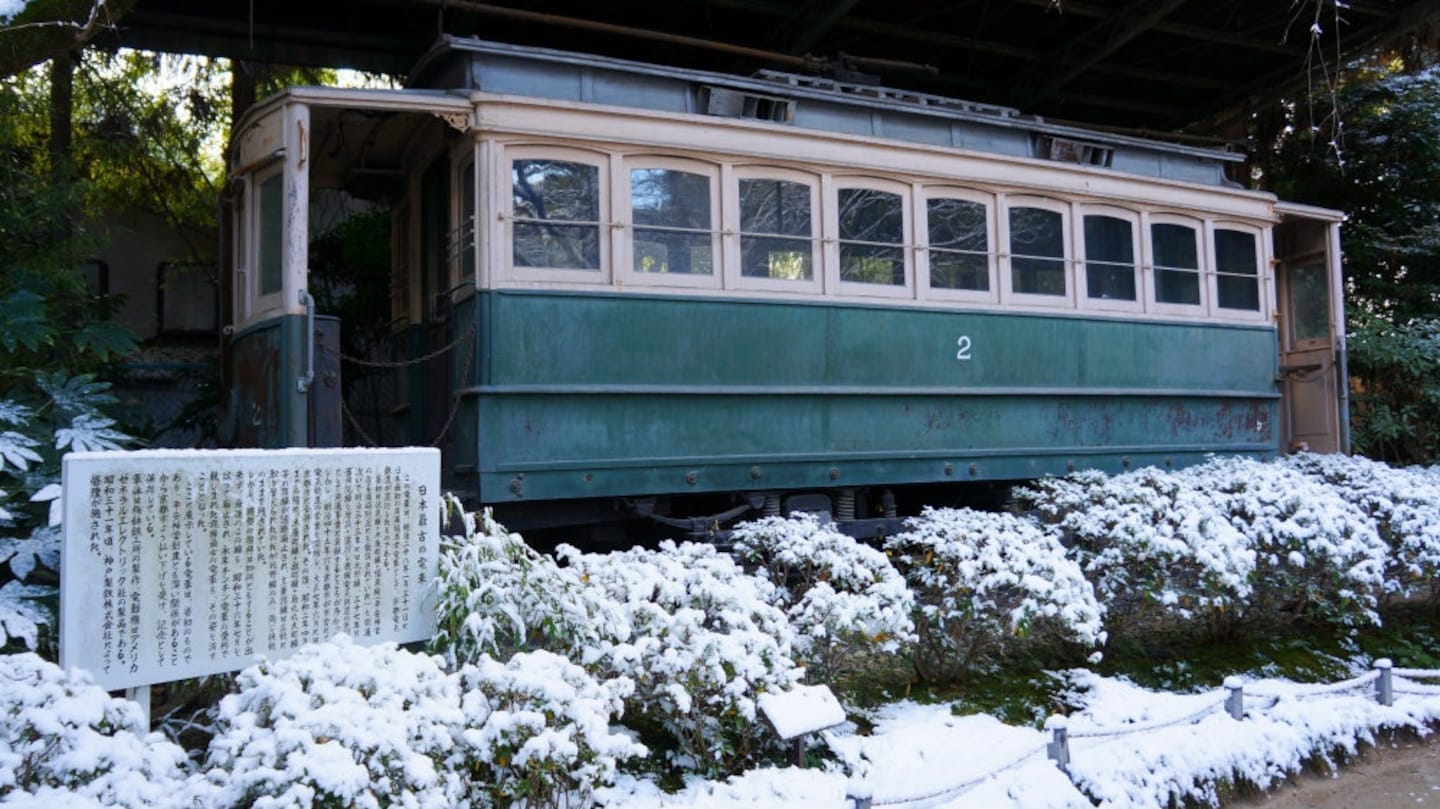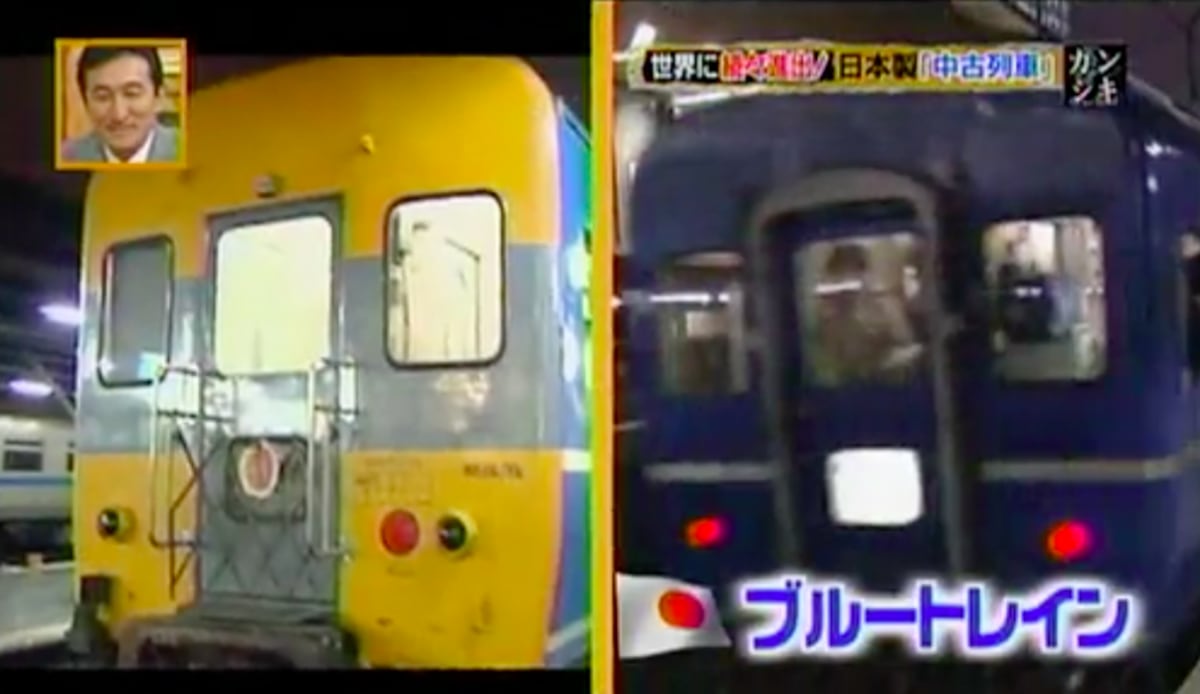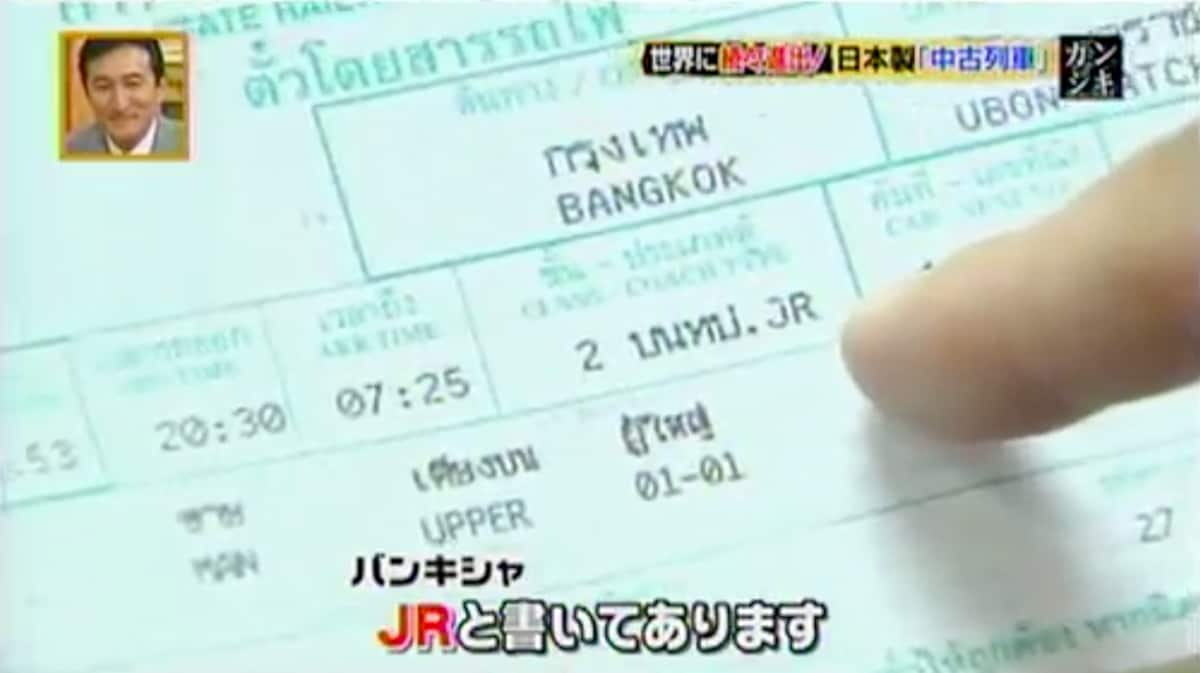Where Do Old Trains Go?
Abandoned train graveyards are not uncommon in Europe and the U.S. Fortunately, Japanese trains don't await a similar fate: Not only are parts and scrap reused, but old, functional trains are sent to other countries in need of quality carriages. Here are four nations that have been more than happy to give Japanese trains a second life!
By Flo4. Thailand
Thailand makes use of long-distance sleeper Blue Trains, many of which have been gradually phased out of Japan since 2008. People in Thailand have repainted the trains yellow, but have left signs and labels in their original Japanese.
You'll be able to catch sight of these refurbished trains if you take a long distance ride departing from Hua Lamphong Station (officially Bangkok Railway Station), the main railway station in Bangkok.

http://www.dailymotion.com/video/xfxgse_japanese-used-trains_webcam#tab_embed
Here you can see Blue Train sleeper carriages—fully equipped with double bunks.

http://www.dailymotion.com/video/xfxgse_japanese-used-trains_webcam#tab_embed
The sign for emergency lighting has been left in Japanese—hopefully people in Thailand can read some Kanji!
Remember to purchase a JR Class ticket—they're slightly more expensive, but locals believe the price is well worth it because it's more spacious and faster than cheaper classes.
3. Philippines
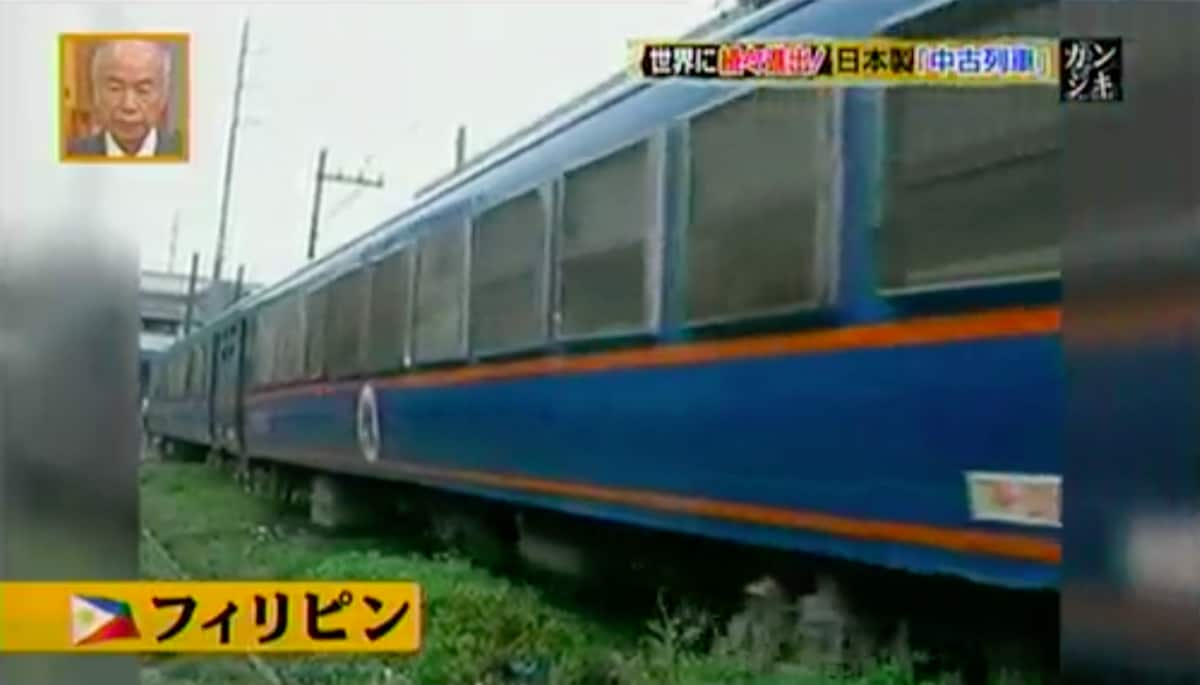
http://www.dailymotion.com/video/xfxgse_japanese-used-trains_webcam#tab_embed
The Philippines uses some old Japanese trains from Shimonoseki City in Yamaguchi Prefecture.
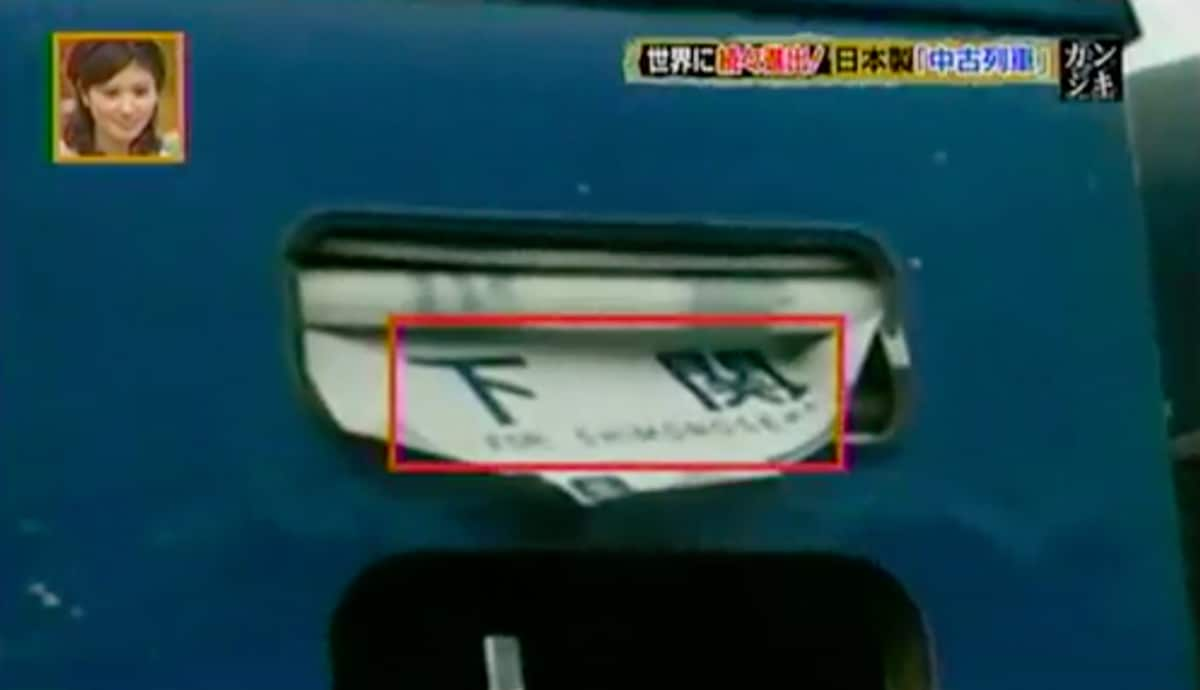
http://www.dailymotion.com/video/xfxgse_japanese-used-trains_webcam#tab_embed
It seems they chose to leave the destination and line signs in Japanese. As you can see, this one is a bit tattered, but it still reads Shimonoseki.
2. Argentina

http://www.dailymotion.com/video/xfxgse_japanese-used-trains_webcam#tab_embed
Japan's second-hand trains aren't restricted to Southeast Asia—they can be found as far away as South America, too. Argentina uses trains that ran on Tokyo's Marunouchi Line in their former lives.
1. Indonesia
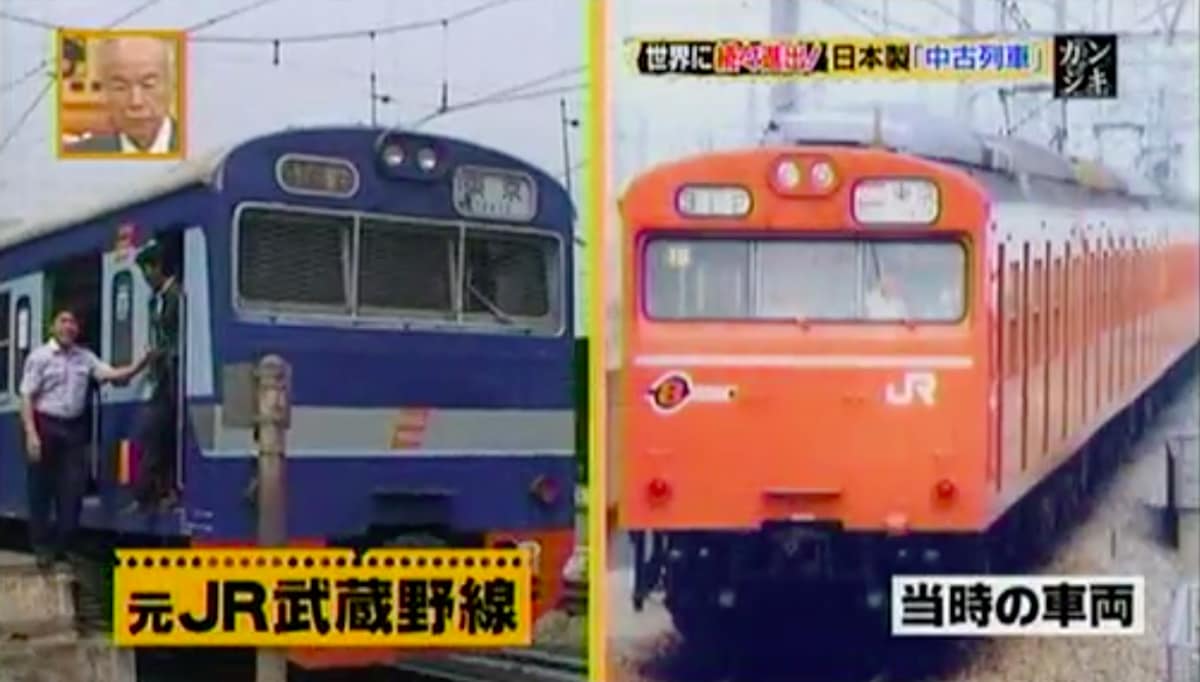
http://www.dailymotion.com/video/xfxgse_japanese-used-trains_webcam#tab_embed
Finally there's Indonesia, where Tokyo's old Musashino Line trains have been repainted from blue to orange for Jakarta’s KA Commuter Jabodetabek commuter rail system.
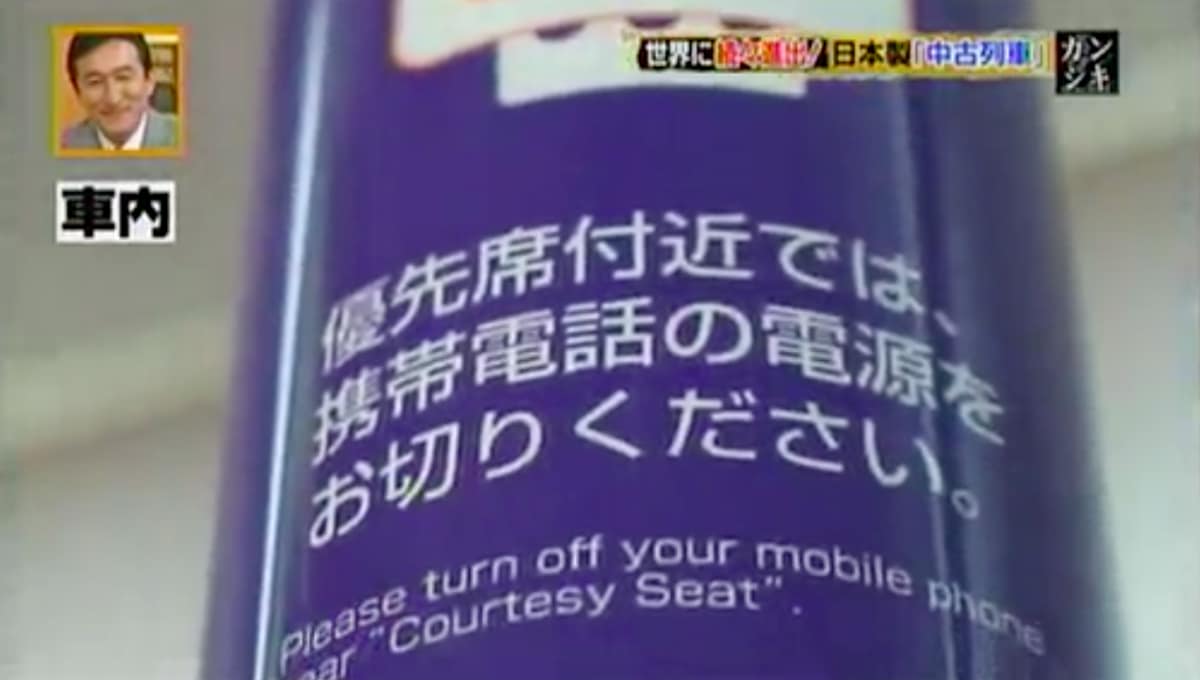
http://www.dailymotion.com/video/xfxgse_japanese-used-trains_webcam#tab_embed
The Jakarta trains have kept many of the bilingual notices that stress Japanese train etiquette (e.g., Courtesy Seats and turning off mobile phones when near them).
While Japanese people are notorious for squeezing their way onto trains like sardines just before the doors close, in Indonesia it seems preferable to leave the doors wide-open to feel the breeze and accommodate a few more daring passengers—who hang on for a risky ride!
Where Else?
https://www.youtube.com/watch?v=ognsEUfs0p0
Other countries that Japan sends its old trains to include Malaysia, Myanmar, Russia, China and Vietnam. If you want to learn more, you can try watching the video above—but we're afraid it's only in Japanese!


